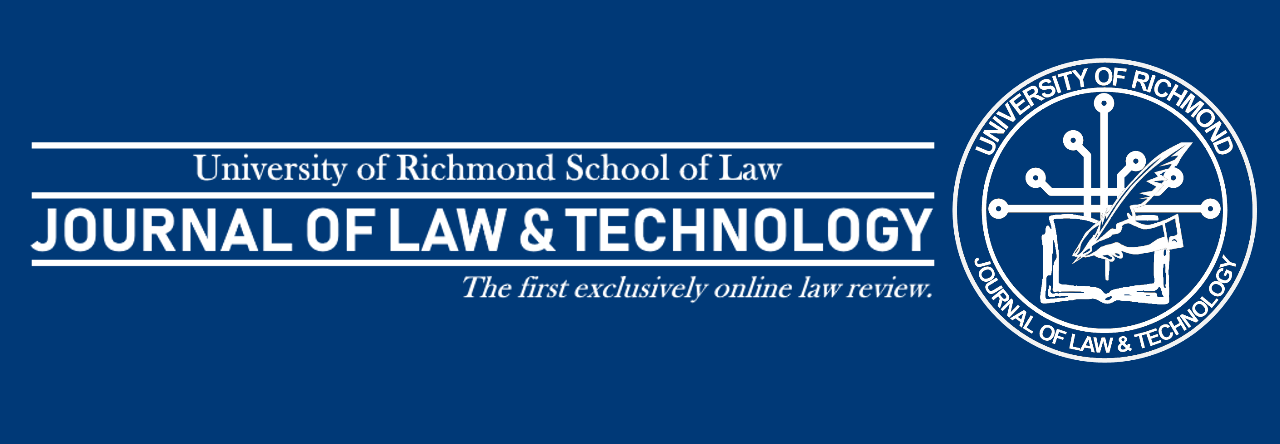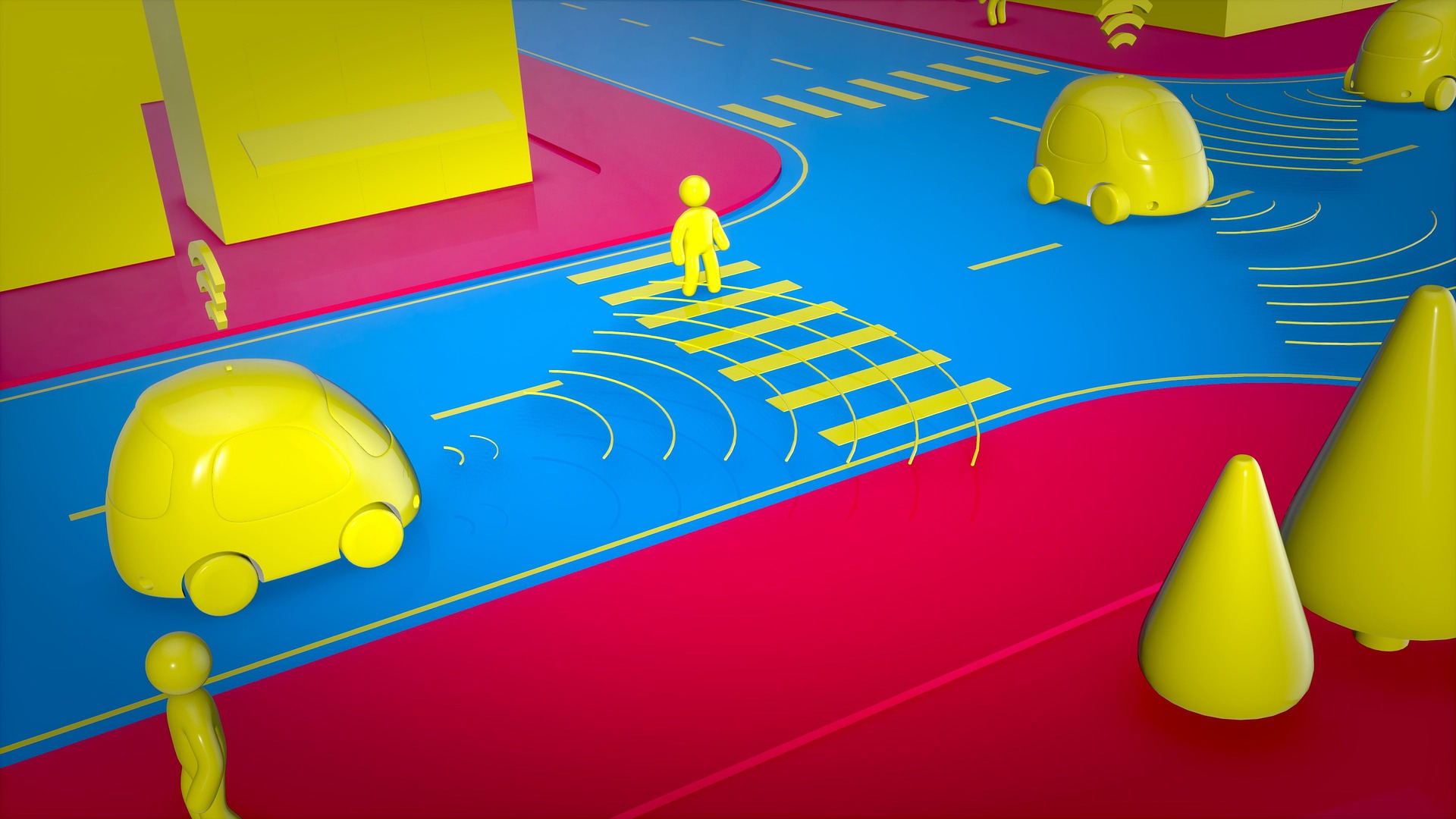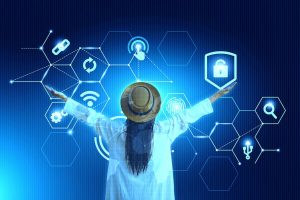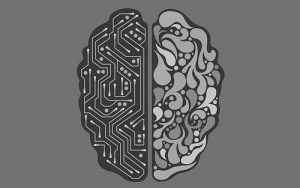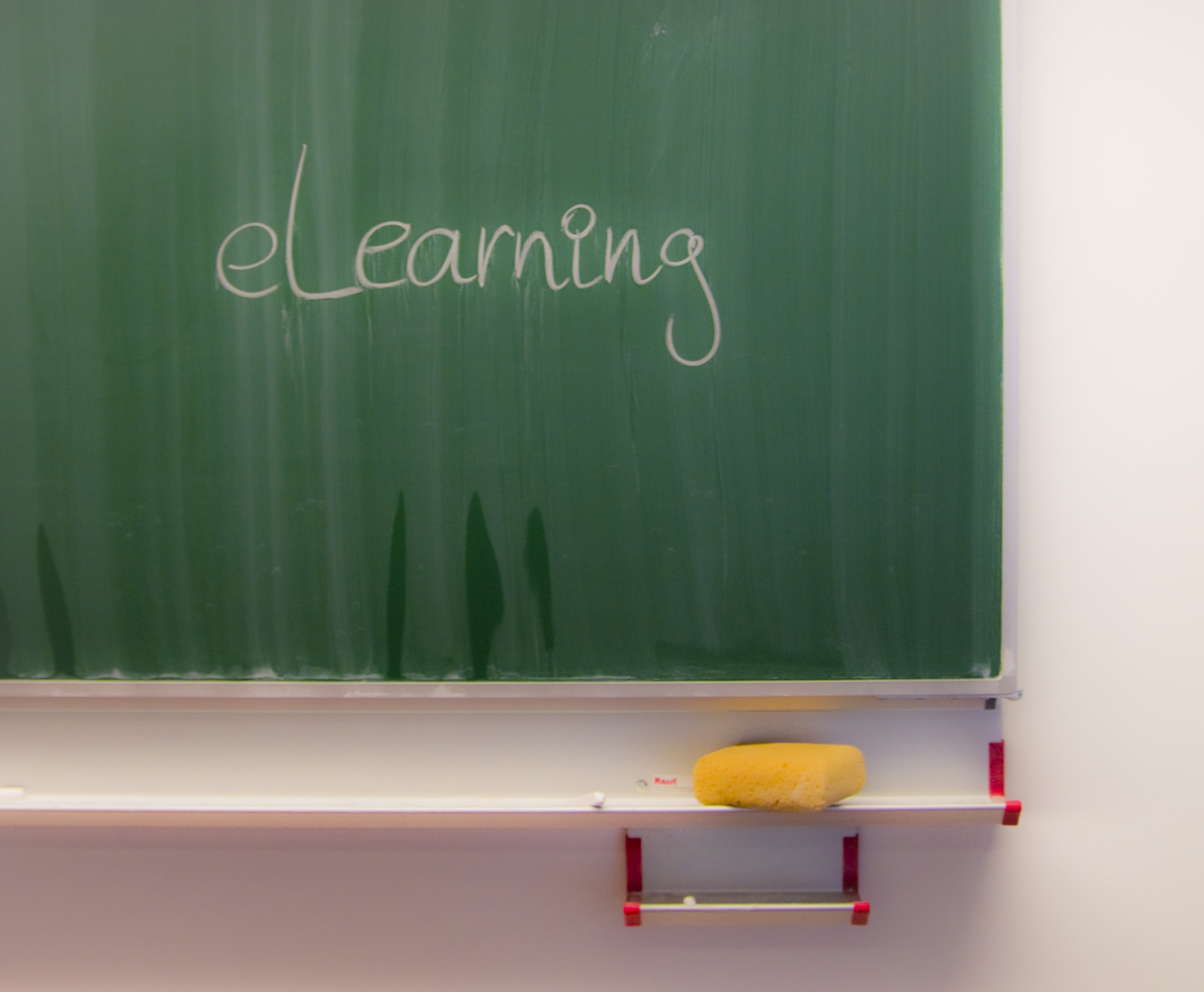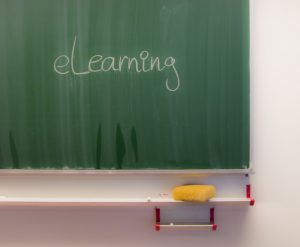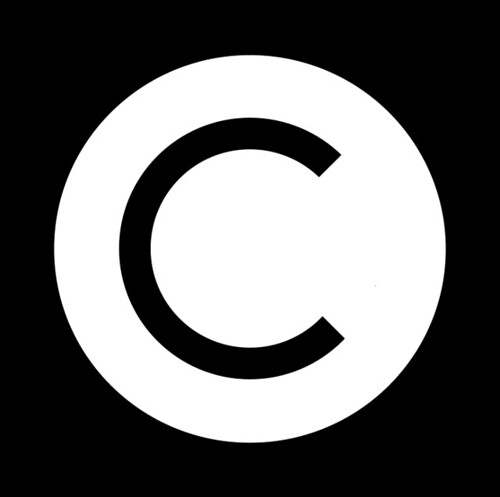By Danielle M. Taylor
In August of 2017, Netflix launched a campaign entitled #FirstTimeISawMe. In a number of short, yet poignant videos, various artists, entertainers, and creatives – including renowned directors, Spike Lee and Ava DuVernay – opened up about the first time they saw an on-screen character who looked like them.[1] The hashtag quickly grew, inspiring people from communities and demographics that are typically rejected or type-casted by mainstream media, myself included, to take to the internet and tell the stories of their “first time.” Though part of a much more expansive conversation about creating characters and telling stories that reflect diversity across race, gender, sexuality, and ability,[2] the campaign was also representative of Netflix’s specific commitment to Black storytelling.[3]
This past June, Netflix announced via Twitter that it had curated a Black Lives Matter Collection.[4] The company stated, “[w]ith an understanding that our commitment to true, systemic change will take time – we’re starting by highlighting powerful and complex narratives about the Black experience.”[5] Separate from their already existing “Strong Black Lead” collection, these carefully extracted titles tell various stories of the Black experience in America and the battles against racial injustice.[6] Popular titles found in the collection include, but are far from limited to: Ava DuVernay’s 13th; Barry Jenkins’s Oscar Award winner, Moonlight; Spike Lee’s Malcolm X; and forever first lady, Michelle Obama’s documentary, Becoming. This was a captivating move by the streaming giant, at a time when Black art served as not only a method of expression for those who sometimes struggle to find the words, but also a therapeutic escape from reality in the throes of a very trying summer. Netflix’s next announcement further substantiated their commitment to bringing Black characters to our screens and has resurfaced my thoughts about the #FirstTimeISawMe.
In August, Netflix announced, again via Twitter, this time from their “Strong Black Lead” account, that they had acquired the rights to seven of the most beloved and classic Black sitcoms from the 1990s and 2000s.[7] Beginning August 1, Netflix released one series almost every two week, and now that all seven are available, Netflix is the new home to Moesha, The Game (seasons 1-3), Sister Sister, Girlfriends, The Parkers, Half & Half, and One on One.[8] These shows are cultural favorites and per Netflix’s twitter account, have been in demand from subscribers for quite some time.[9] I am one of those subscribers, and I am thrilled that Netflix delivered.
Though I have missed them during the years they were not in syndication, I am fortunate enough to have grown up while these shows were on the air. Their revival not only brings about fond memories but has led me to give thought to the first time I saw a television character who I could see myself in. In 1996, Moesha aired on UPN and it was 1999 when I saw my first episode. Starring famed singer, Brandy Norwood (“Brandy”) as the show’s namesake character, Moesha, in its six seasons, chronicled the life of a young Black girl navigating life in her upper-middle class family. While figuring out friendships, dating, high school, and eventually college, in the years following her mother’s death, Moesha was a regular teenager, but also – somehow – a daughter, a big sister, an activist, and a trendsetter. Moesha wore braids, challenged issues of racial and gender equality, was an impassioned journalist, and had her choice between several of the best colleges in the country – ivy league schools and historically Black colleges. Moesha confronted social norms, broke rules, and created her own. To me, she was iconic.
The first episode I ever saw aired February 9, 1999 and was titled “Life Imitating Art”.[10] I was not even four years old. I, of course only, remembered bits and pieces of the episode but in re-watching it multiply times since then, I have grown to understand it better over the years. In this very distinct episode, racial tensions had arisen in Moesha’s high school between Black and Latinx students after a mural of Latino American civil rights activist, Cesar Chavez was painted in the school cafeteria during Black History Month. During the morning broadcast that Moesha hosted, she called out the school for allowing the mural to be painted during the month of February and not including any prominent Black figures.[11]This was flame that ignited the tension between, not only students, but Moesha and her good friend, Antonio, who painted the mural. As the episode progresses, Moesha is forced to open her eyes to the plight of another racial minority[12] in a way that I believe had to be unprecedented for a show about a teenager. Admittedly, this is a lesson that I am still exercising to this day. Although we live in a time of intense racial disparities and glaring anti-Black racism and violence, I would be insensible if I refused to see the plight of other marginalized groups – Moesha taught us that in 1999 and reminds us of it today.
As I think back to the first time I saw me in a television character, in the image of complex, yet down to earth high schooler, I have to acknowledge Moesha as one of the only shows that I have been able to grow up with. At four, I chose to be Brandy for Halloween. At five, I ran around with a Brandy doll. At 15, I figured getting braids would be cool because Moesha rocked them. At 16, I decided that being a debutant could not possibly be that bad if Moesha had done it. At 17, getting into Spelman College was even cooler because Moesha was accepted there too. At 25, I get to reflect on the first time I saw myself in a television character and recall the lessons I did not know I would still value more than twenty years later. These recent additions have turned Netflix’s Strong Black Lead into a time capsule – one that will undoubtedly allow another young Black girl to see herself for the first time – and opening up its contents will prove valuable for the future.
[1] Eric King, Ava DuVernay, Spike Lee, more talk representation for powerful new Netflix campaign, Entertainment (Aug. 1, 2017), https://ew.com/tv/2017/08/01/netflix-first-time-i-saw-me-campaign/.
[2] See id.
[3] See Netflix (@Netflix), Twitter (June 10, 2020, 9:00 AM), https://twitter.com/netflix/status/1270702290702184454.
[4] See id.
[5] Id.
[6] See id.
[7] See Strong Black Lead (@StrongBlackLead), Twitter (July 29, 2020, 11:00 AM), https://twitter.com/strongblacklead/status/1288489544770129920?s=20.
[8] See id.
[9] See Strong Black Lead (@StrongBlackLead), Twitter (July 29, 2020, 11:04 AM),https://twitter.com/strongblacklead/status/1288490705250213895?s=20.
[10] Moesha: Life Imitating Art (UPN Feb. 9, 1999).
[11] See id.
[12] See id.
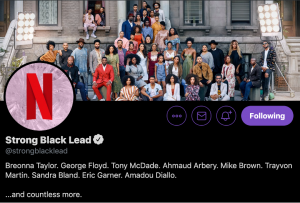
Image Source: https://twitter.com/strongblacklead
